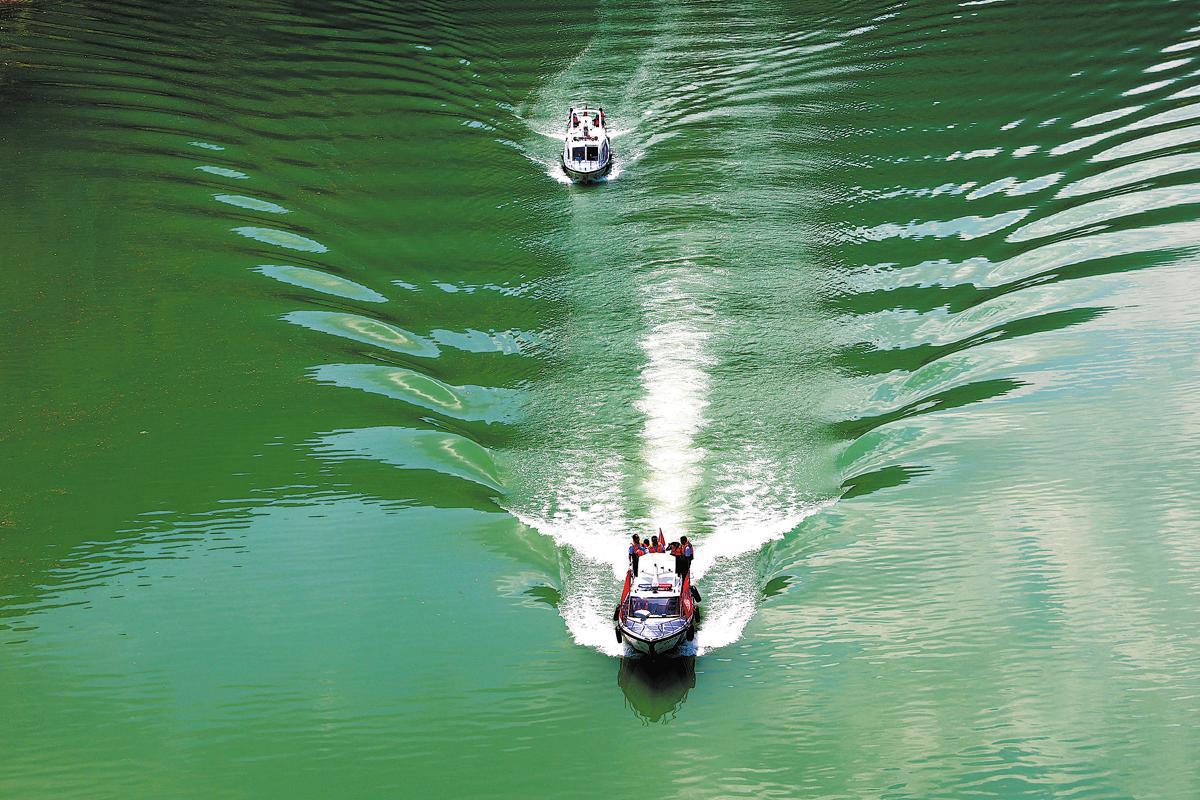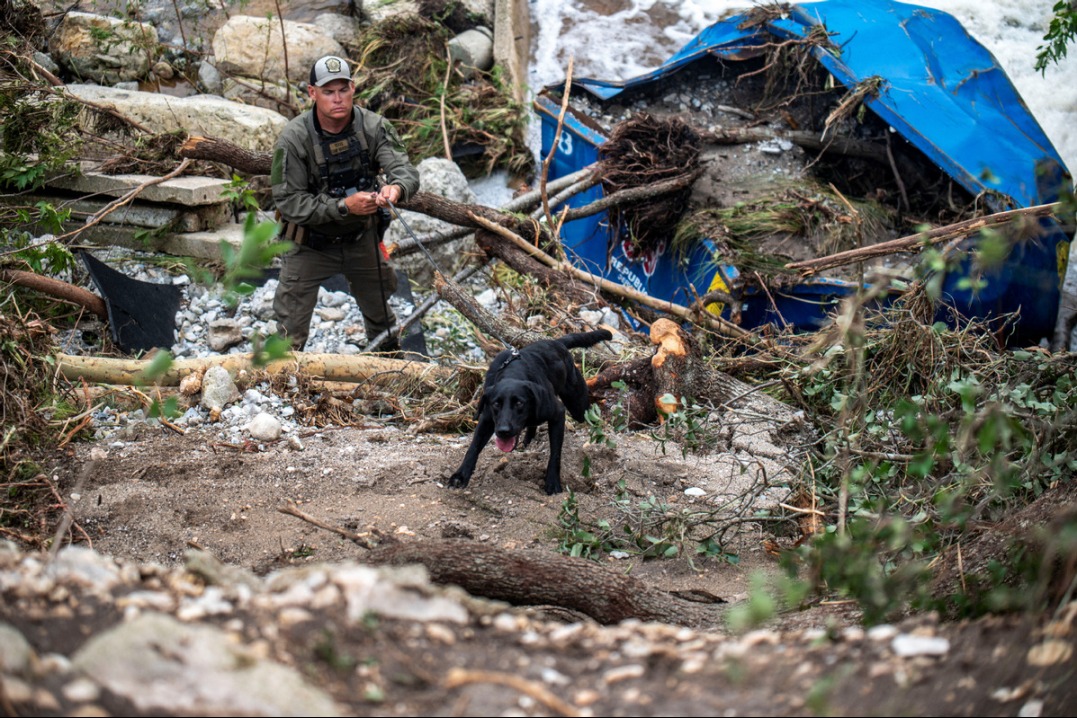Conservation efforts help revitalize Yangtze
With 10-year fishing ban underway, fish stocks starting to recover


Built in 1958, for instance, the Wangjiahe oil depot in Yichang, Hubei province, used to be the largest reserve base for refined oil in western Hubei, handling 13 billion metric tons of refined oil every year.
The depot, the wharf of which is located in a section of the Yangtze that Chinese sturgeon must pass in their breeding migration, has been moved to a new location about 60 kilometers away.
Listed as "critically endangered" by the International Union for Conservation of Nature, Chinese sturgeon are endemic to China and are under national first-class protection. The fish is one of the world's oldest living species, dating back to the days of the dinosaurs some 140 million years ago.
A wharf with the depot is still there along the Yangtze. But now it works as a facility to disseminate knowledge about Chinese sturgeon protection.
According to Sinopec Marketing Hubei, the Wangjiahe depot is just one of 11 depots the company has relocated to help with Yangtze conservation. It has also shut down 17 shipping docks and 12 floating fueling stations along the Yangtze, said Wang Baosheng, deputy Party chief of the company.
In a move also aimed at protecting the Chinese sturgeon, investors in the Wujiagang Yangtze Bridge in Yichang changed the design of the structure before its construction started in late 2016, despite that it would significantly increase costs.
Situated 15 km downstream of the Gezhouba Dam hydropower project, the bridge lies in the core area of the zone for Chinese sturgeon conservation and a breeding and habitat area for the species.
The bridge, as tall as a 50-story building, was originally designed with two piers erected in the middle of the Yangtze. With low cost, however, such a design needs a lot of construction work in and over the water, and that would inevitably result in water, light and noise pollution, disturbing Chinese sturgeon in the area, according to China Communications Construction Company Second Harbor Engineering Co, one of the investors.
In the new design, no piers were constructed in Yangtze waters. But that meant that the main cables of the bridge needed to be thickened and anchorage points also needed to be increased, bringing up the cost by about 100 million yuan ($13.8 million).























